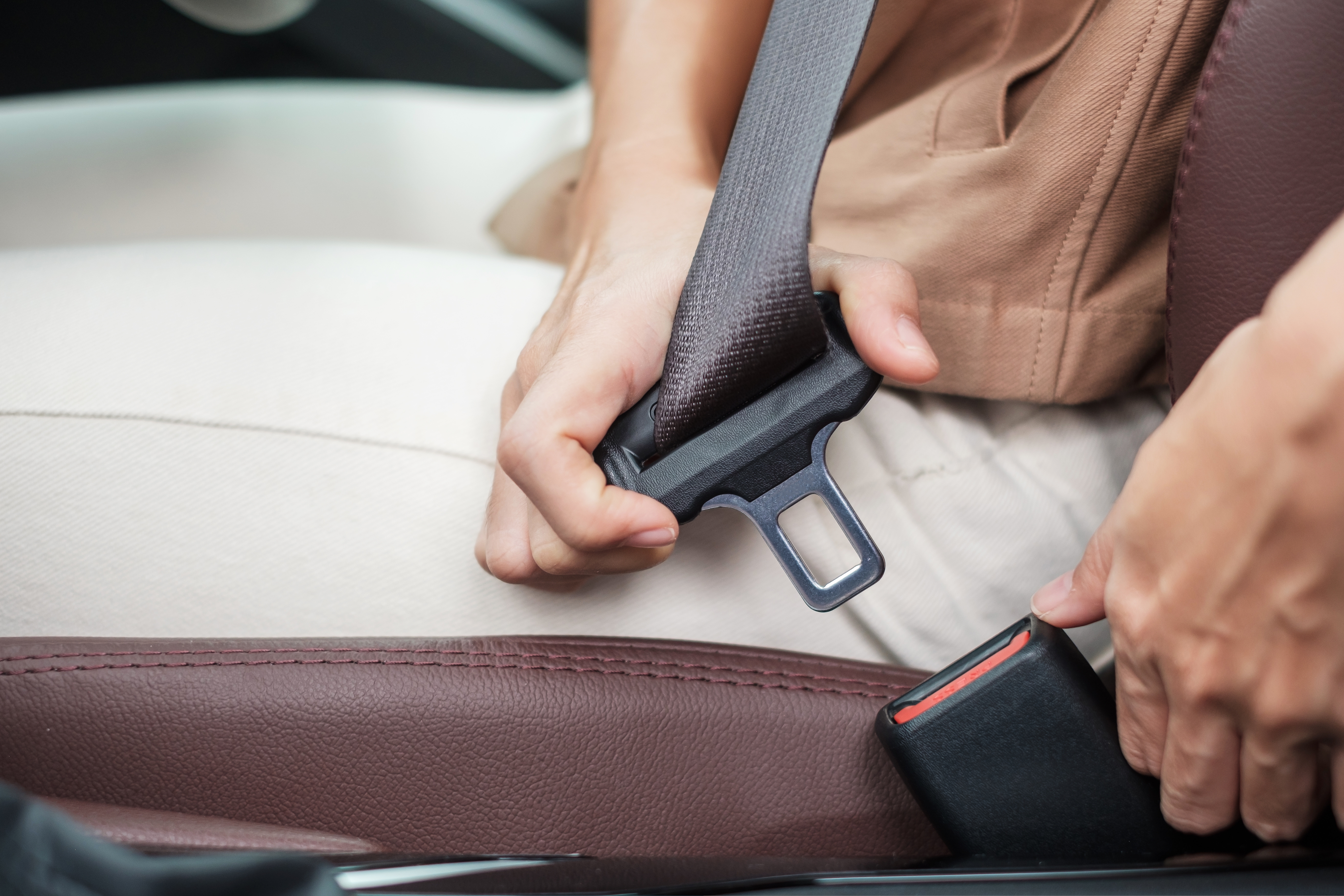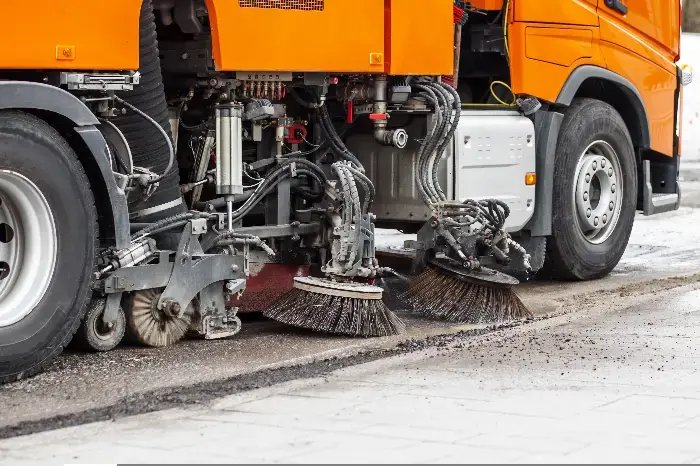This week marks Road Safety Week (16-22 November), and this year's theme feels particularly important to us at Jaama: Safe Vehicles Save Lives
Every year, more than 1,700 people die on UK roads, with another 30,000 receiving serious, life-changing injuries. These statistics are real people: colleagues, family members, and the drivers who keep our businesses moving. And the numbers haven't improved significantly in over a decade.
At Jaama we know fleet, and we know the pressures you face. That's why Road Safety Week matters as it's a moment to step back and ask: are we doing everything we can to protect the people behind the wheel?
What makes a vehicle "safe"?
Brake has chosen to shine a spotlight on vehicles that are designed to prevent crashes and cause less harm if they do crash. Safe vehicles aren't just about having the latest technology, though that helps, they're about three essential elements:
Preventing crashes before they happen
Modern driver assistance systems can help drivers maintain safe speeds, stay in lane, and brake in emergencies. But, 63% of drivers don't understand what all the safety features in their car do, and 35% admit to having switched off at least one safety feature. Technology only works when it's understood, enabled, and properly maintained.
Protecting people when crashes do occur
From seatbelts and airbags to crumple zones and pedestrian-friendly design, safe vehicles are built to minimise harm. These features have saved countless lives but they need to be in proper working order.
Being roadworthy, every single journey
This is where many fleets face their biggest challenge. Regular maintenance, defect checks, tyre and brake condition aren't just compliance boxes to tick. They're the difference between a safe journey and a preventable tragedy.
The gap between technology and reality
Here's what we've learned from working with fleet managers for over 20 years: having safe vehicles in your fleet is only half the battle. The real challenge is making sure those vehicles stay safe, journey after journey.
More than half of new car handovers fail to include guidance on safety-critical in-car technology. Drivers are getting behind the wheel without understanding the systems designed to protect them. Safety features are being switched off. Maintenance schedules slip. Pre-journey checks become rushed or skipped entirely.
We understand the reality of running a fleet with tight deadlines, budget pressures, and the constant juggling act of keeping operations moving. But we also know that when vehicle safety falls through the cracks, the consequences can be devastating.
Where fleet management software fits in
We won't pretend that software alone makes roads safer. It doesn't. But the right systems can make it significantly easier to maintain vehicle safety standards consistently, even when everything else feels chaotic.
Clear visibility of your entire fleet means you know which vehicles are due for maintenance, which drivers need licence checks, and where compliance gaps might be forming. Automated reminders mean critical safety checks don't rely on someone remembering. Proper records mean you can prove your duty of care.
This isn't about adding more complexity to your day. It's about simplifying the parts that matter most so your team can focus on what really counts: keeping everyone safe.
What you can do this Road Safety Week
Whether you manage two vehicles or two hundred, here are some practical steps you can take:
Review your vehicle checks
Are your drivers carrying out pre-journey checks? Do they know what to look for? Make sure everyone understands the basics: tyres, lights, brakes, and any warning indicators.
Audit your maintenance schedules
When were your vehicles last serviced? Are there any overdue MOTs or safety inspections? Now's the time to get these sorted.
Talk to your drivers
Have a conversation about vehicle safety features. Do they know how to use them? Have any been switched off? Why? Understanding the human side of safety is just as important as the technical side.
Check driver documentation
Are all licences valid and up to date? Do you have systems in place to catch endorsements, restrictions, or expiring licences before they become a problem?
Make a plan
If you've identified gaps, don't just note them down and move on. Create an actionable plan with clear responsibilities and deadlines.
Road safety is everyone's responsibility
The vehicles in your fleet are the tools that your people rely on every day. And those people, your drivers, deserve to know that when they get behind the wheel for work, their employer has done everything possible to keep them safe.
Road Safety Week is organised by Brake and runs until 22 November. You can find resources, factsheets, and ways to get involved at brake.org.uk/roadsafetyweek.


